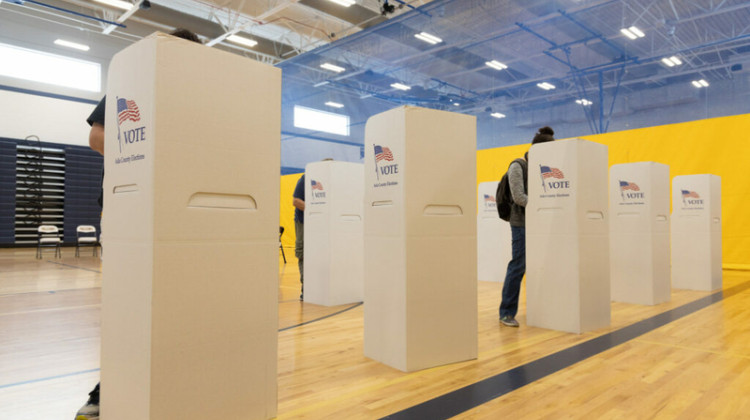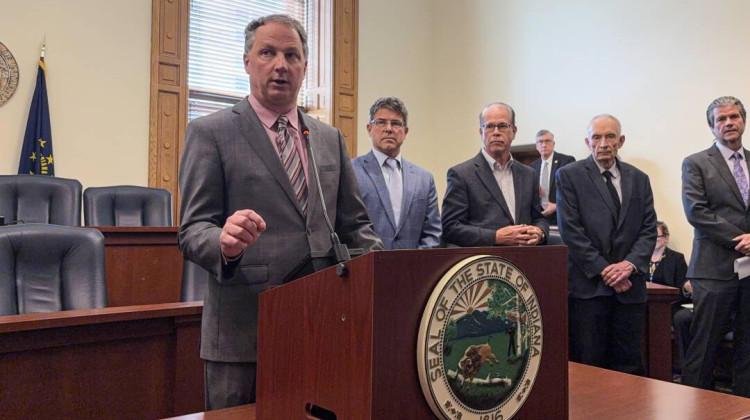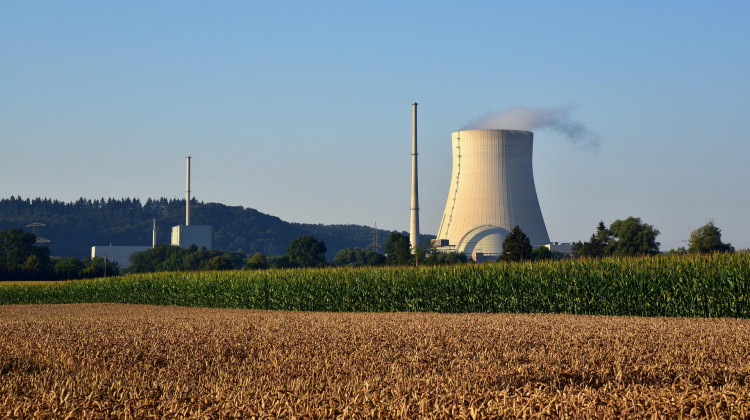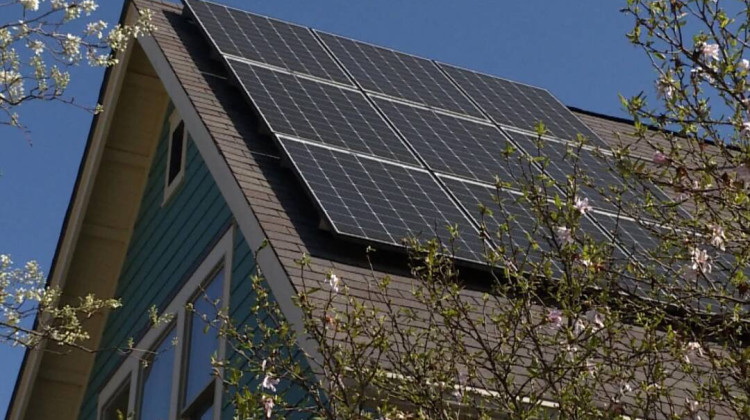Indiana voter turnout rates have long lain among the lowest in the country. Despite that, some Hoosier voters cast ballots year after year.
And political parties rely on them.
“These are people that wouldn’t miss an election, even if there was very little competition, very few things on the ballot, you know, (a) general, (a) primary, whatever. They are there for it,” said Laura Merrifield Wilson, a political science professor at the University of Indianapolis.
It’s a small percentage of people, particularly in Indiana, which ranked second-last in the country for turnout in the 2022 election. That’s according to the most recent state Civic Health Index.
But the “overwhelming” indicator of a “sustained political participant” is age, per Wilson.
“The 50-plus are reliable,” said Sarah Waddle, the state director for Indiana’s branch of the AARP, formerly the American Association of Retired Persons.
“They’re the driving force behind almost every election,” she added.
That’s because in Indiana, voters 50 and older are often the majority of the electorate, according to AARP data: 67% in 2022, a midterm year, and 56% in 2020, a presidential year.
Voters older than 65 were particularly enthusiastic. Wilson said they may have more skin in the game after moving to fixed incomes or using government programs like Medicare. And, they’ve typically got more time.
“For someone who is retired and now has a tremendous amount of free time, they have time to research the candidates; they have time to pay attention to the debates and forums,” Wilson said. “But they also have just — period — more time to be engaged, more time to vote, more time to to be engaged in the democratic process, compared to anyone with any type of job or (dependent children).”
Still, voters 50-plus aren’t “a uniform” voting bloc, according to Waddle, despite facing similar issues, like caretaking and saving for retirement.
The vast majority of voters over age 50 are white (91%), slightly more are women (52%), most haven’t gone to college (66%) and most love in suburbs (63%) or rural areas (35%), per AARP data.
Waddle dubbed the organization’s “Our voices decide” slogan an “empowering internal reminder” to older voters and a “message to candidates that you need to be talking about the everyday issues that affect people at home.”
But political parties also count on other voters.
Broad appeal starts somewhere
Indiana’s two major political parties say widespread appeal powers their efforts.
“I don’t think there’s any one or two or three demographics,” Indiana Republican Party Executive Director Joe Elsener said.
The party typically remains neutral during primary elections. But for the general election, Elsener said, the party “works hard,” through its candidates and platform, to “tell the story of the last 20 years of leadership.”
“We really appeal to all voters,” Indiana Democratic Party Executive Director Dayna Colbert similarly said.
While older voters are among the most dependable, Democrats still look to younger residents.
“Each of the last two presidential primaries, we have more 18- to 25-year-old Hoosiers pick a democratic ballot than a GOP ballot,” Colbert said. “We do have a lot of strengths there, even though, in general, voter turnout among younger Hoosiers is low.”
That’s although younger voters are more “transient” — away at college or otherwise establishing themselves — and because they may struggle to make or update their registrations, Colbert added.
Hoosier Democrats also find non-white voters — and specifically Black voters — a strength.
“We’ve seen that the strongest support for Democrats in the in Indiana are our Black voters, not only in the voting population, but also with the elected officials that we have across the state,” Colbert said. “All but one of our state’s Black mayors are Democrats. … Every Black and Latino member of the Statehouse is a Democrat as well.”
That’s changing. In October, GOP precinct committee members overwhelmingly caucused Cyndi Carrasco, a Latina, into the state Senate.
And that’s where Republicans want to progress.
Asked which demographic groups his party was working to draw, Elsener pointed to the organization’s Diversity Leadership Series. He said the training program is on its fourth class and already multiple current or former members ran for office in the last election.
He highlighted two victors — town of Marion Mayor Ronald Morrell, Jr., Fishers City Council member Tiffanie Ditlevson — that achieved firsts for Black Hoosier Republicans.
“We want to really get into every community … we possibly can and try to build legitimate relationships and explain why we feel Republican policies work best for all users,” Elsener said.
Democrats, meanwhile, highlighted inroads with female and suburban voters.
“I think getting that message out to Hoosier women … will help build that coalition, as well as just getting the message out to other demographics in general, making sure that they understand that the Democratic Party is here to fight for them,” Colbert said.
Mobilization particularly matters for narrowly decided down-ballot races.
“A lot of folks across the state don’t believe that their voice matters. But you can see in a lot of these races, recently, that a lot of these margins were decided … by 250 or less votes,” Colbert continued. “So making that case to Hoosiers, that their vote really does count in a lot of these races — a lot of these more local races — is going to be key for us.”
Indiana Capital Chronicle is part of States Newsroom, a nonprofit news network supported by grants and a coalition of donors as a 501c(3) public charity. Indiana Capital Chronicle maintains editorial independence. Contact Editor Niki Kelly for questions: info@indianacapitalchronicle.com. Follow Indiana Capital Chronicle on Facebook and Twitter.
 DONATE
DONATE







 Support WFYI. We can't do it without you.
Support WFYI. We can't do it without you.